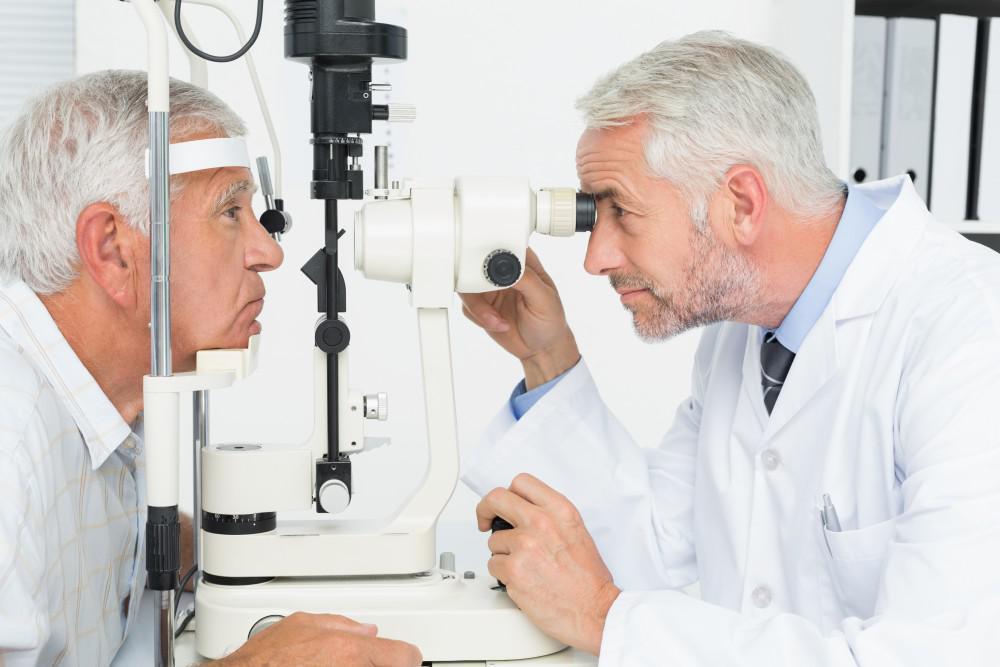Macular degeneration, often referred to as age-related macular degeneration or AMD, is an eye disease that’s not only the No. 1 cause of permanent vision loss — more than glaucoma and cataracts combined — but it’s also the No. 1 cause of vision loss for straight-on vision.
Unfortunately, the early stages of this disease may not give any obvious symptoms. This makes getting regular eye exams important, because an eye doctor can see early clues. In this blog, the doctors at the Tayani Institute explain the three stages of macular degeneration.
What is macular degeneration?
Affecting more than 10 million people in the United States, AMD is a condition that alters the central part of the retina called the macula. The macula focuses your central vision and allows you to see things directly in front of your eyes.
Macular degeneration is caused when the cells of the macula break down and form yellow deposits, called drusen, which then distort vision and block light. Despite central vision loss, peripheral or side vision is often left intact.
Stages of macular degeneration
Macular degeneration progression can vary from patient to patient, although the condition is typically defined in three stages, which are characterized by the quantity and size of drusen deposits.
It’s important to note that some people may have the condition in only one eye, and if you have it in both eyes, each eye can be in different stages. More importantly, some people in early stage macular degeneration never progress to later stages or experience permanent vision loss.
Early stage: Few outward symptoms
During early stage macular degeneration, you may not notice any symptoms. However, during a dilated examination, your eye doctor may detect medium-sized drusen about the width of a human hair, certainly not something that would be visible to the naked eye. In this stage, sufferers will generally not experience any vision loss.
Intermediate stage: Mild vision loss possible
Like in the early stage of macular degeneration, the intermediate stage may not have any symptoms that the patient would immediately pick up on. The drusen deposits are larger in this stage, and the color or pigment in the retina may change, although these characteristics would only be detectable to your eye doctor during an eye examination. Some people experience mild vision loss, but many people in this stage may not experience any problems at all.
Late stage: Macula damage
This advanced stage of AMD typically results in permanent damage to the macula as well as vision loss. At this point, the light sensitive cells in the macula will have degraded. Patients in this stage usually experience permanent central vision loss, but, in most cases, they won’t be completely blind.
Their side vision may be working perfectly fine, but driving, reading, and doing other straight-on tasks may be difficult, if not impossible. While there is no way to reverse the damage, people suffering from late stage AMD can be helped with certain tools, such as low-vision aids and magnifiers.
Fighting macular degeneration
Although macular degeneration can’t be prevented, you can slow it’s progression. Therefore, it’s important to catch the condition as early as possible. And the only way you can do that is to schedule regular eye examinations.
By scheduling regular eye examinations, your eye doctor will be able to detect eye problems as early as possible and help slow the disease’s progress. You should especially get regular eye exams if macular degeneration runs in your family.
To begin getting regular eye exams, book an appointment online or over the phone with the Tayani Institute today.


